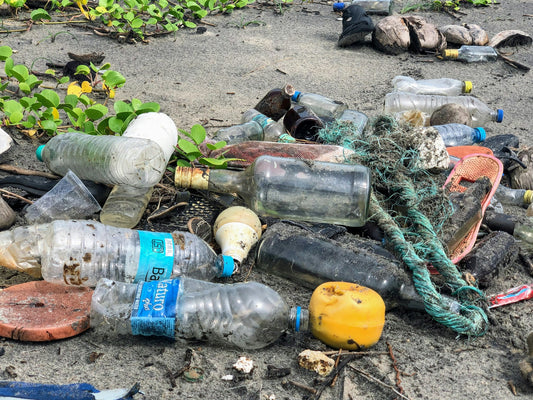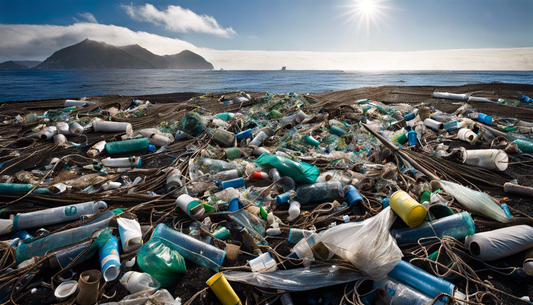Share
**Everything You Need to Know About PFAS** PFAS, or per- and polyfluoroalkyl substances, are a group of chemicals used since the 1950s in various products due to their non-stick and water-repellent properties. However, they persist in the environment for hundreds to thousands of years, contaminating soil and water, and have been linked to health issues such as high cholesterol, impaired immunity, and various cancers. :
History and Uses:
PFAS have been used in manufacturing, consumer products, jet engines, medical devices, refrigeration systems, construction industry, and electrical devices since the 1950s.
Persistence:
These chemicals can take hundreds to thousands of years to degrade, leading to long-term environmental contamination. That's what earned them their name "Forever Chemicals".
Health Concerns:
Exposure to PFAS has been linked to health issues such as high cholesterol, impaired immunity, and various cancers, particularly from fluorosurfactants like perfluorooctane sulfonate (PFOS) and perfluorooctanoic acid (PFOA).
Exposure Routes:
PFAS can enter drinking water through manufacturing plant discharge, firefighting foam use, or landfill runoff, and are also found in food packaging and cosmetics.
Regulations:
In many regions (e.g. Australia and Europe) water companies are required to monitor levels of 47 individual PFAS in drinking water and treat the water if levels exceed certain limits.
Removal Methods:
Research is needed into new methods for removing PFAS from the environment and breaking them down into harmless molecules. This podcast provides a comprehensive overview of PFAS, covering their history, uses, health risks, exposure routes, regulations, and the need for further research into removal methods.
History and Uses:
PFAS have been used in manufacturing, consumer products, jet engines, medical devices, refrigeration systems, construction industry, and electrical devices since the 1950s.
Persistence:
These chemicals can take hundreds to thousands of years to degrade, leading to long-term environmental contamination. That's what earned them their name "Forever Chemicals".
Health Concerns:
Exposure to PFAS has been linked to health issues such as high cholesterol, impaired immunity, and various cancers, particularly from fluorosurfactants like perfluorooctane sulfonate (PFOS) and perfluorooctanoic acid (PFOA).
Exposure Routes:
PFAS can enter drinking water through manufacturing plant discharge, firefighting foam use, or landfill runoff, and are also found in food packaging and cosmetics.
Regulations:
In many regions (e.g. Australia and Europe) water companies are required to monitor levels of 47 individual PFAS in drinking water and treat the water if levels exceed certain limits.
Removal Methods:
Research is needed into new methods for removing PFAS from the environment and breaking them down into harmless molecules. This podcast provides a comprehensive overview of PFAS, covering their history, uses, health risks, exposure routes, regulations, and the need for further research into removal methods.
We hope you enjoyed this article. Please feel free to leave a comment below if you want to engage in the discussion.
If you want to read more like this, make sure to check out our Blog and follow us on Instagram. If you are interested in truly sustainable products, check out our Shop.








